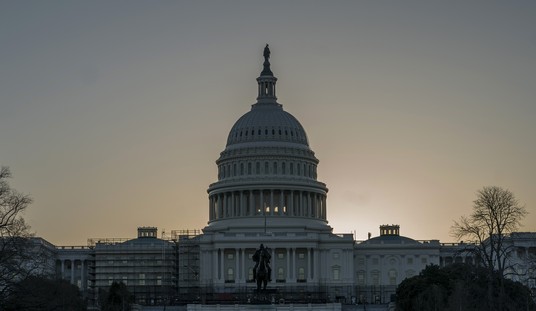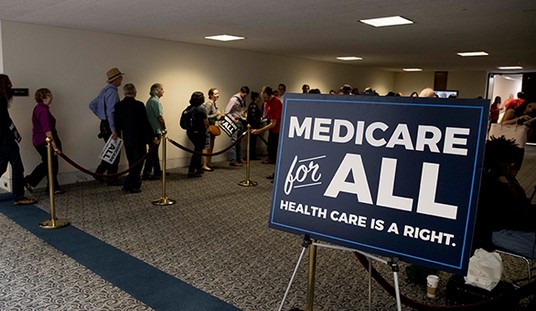The Washington Post headline is crystal clear: “Implicit racial bias causes black boys to be disciplined at school more than whites, federal report finds.”
That sure sounds like a serious problem. Another problem? The headline isn’t quite accurate.
The government-town newspaper is “informing” readers about a recent Government Accounting Office “Report to Congressional Requesters” entitled “Discipline Disparities for Black Students, Boys, and Students with Disabilities.”
The GAO found great disparity between the percentage of black, male and disabled students compared to their relative percentage of the overall student population: Black students make up 15.5 percent of public school students, but 39 percent of those suspended from school; boys comprise 51.4 percent of all students, yet they received 69.7 percent of suspensions; students with disabilities, while just under 12 percent of the student body, account for 25 percent of school suspensions.
The report clarified that the “disparities persisted regardless of the type of disciplinary action, level of school poverty, or type of public school attended.”
“Starting in prekindergarten, black boys and girls were disciplined at school far more than their white peers in 2013-2014,” the Post notes, “according to a government analysis of data that said implicit racial bias was the likely cause of these continuing disparities.”
But the GAO report did not claim the disproportionate disciplinary numbers were “caused” or “likely caused” by racial bias. Here is what the report stated specifically: “Our analyses of these data, taken alone, do not establish whether unlawful discrimination has occurred.”
Recommended
Hmmm. That appears to be the Post’s biased claim.
“The issue of who gets disciplined and why is complex,” the report explained, adding that, “Studies we reviewed suggest that implicit bias — stereotypes or unconscious associations about people — on the part of teachers and staff may cause them to judge students’ behaviors differently based on the students’ race and sex.”
So, other studies, not the GAO’s, “suggest” that bias “may” cause the discrepancy.
The GAO did offer a context for possible bias. “Teachers and staff sometimes have discretion to make case-by-case decisions about whether to discipline,” the report stated, “and the form of discipline to impose in response to student behaviors, such as disobedience, defiance, and classroom disruption.” It also acknowledged that other studies have “found that the types of offenses that Black children were disciplined for were largely based on school officials’ interpretations of behavior.”
Is the crux of the problem that white teachers are simply misperceiving the behavior of black and brown children as disruptive and disobedient, when it is not?
It’s not difficult to imagine that cultural or language differences between, say, white teachers and black students might result in some teachers subconsciously perceiving a black or Hispanic student as more disobedient or dangerous than a misbehaving student who shares the teacher’s skin color and other cultural norms. But, where is the specific evidence?
One California district, which was part of a more intensive look by the GAO, “created a leadership team for equity, culture and support services, and developed a district-wide equity plan that includes mandatory training on implicit bias for principals.” Other school officials interviewed had similar programs underway to address “implicit racial bias.”
What about the implicit bias against boys?
That is an angle that the Post article spends little time on. Christina Hoff Sommers and others have examined “the war against boys.” Of course, I’m willing to believe that boys tend to be more disruptive in a classroom environment than are girls, bias from female teachers or none.
Still, if the numerical variation suggests the potential for bias because of race, doesn’t it likewise suggest bias against boys and students with disabilities?
In misstating what the GAO actually discovered in compiling these disciplinary statistics by race and sex and disability status, the Post encourages a political narrative whereby any discrepancy must be proof of invidious racism or sexism. Such biased coverage seems designed to feed that narrative, rather than solve the problem of racism . . . to the extent the problem is racism.
Or discipline . . . to the extent that is the problem.

























Join the conversation as a VIP Member